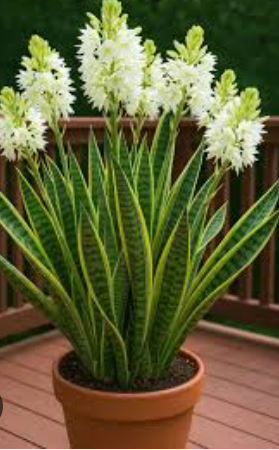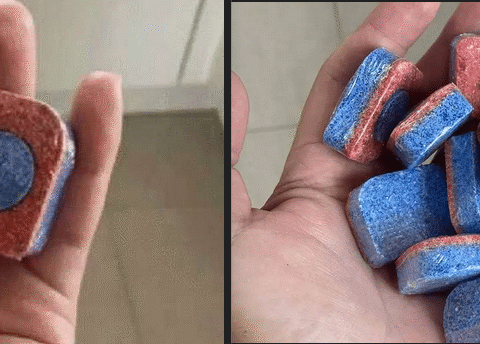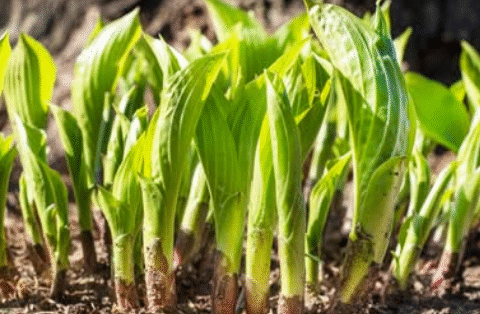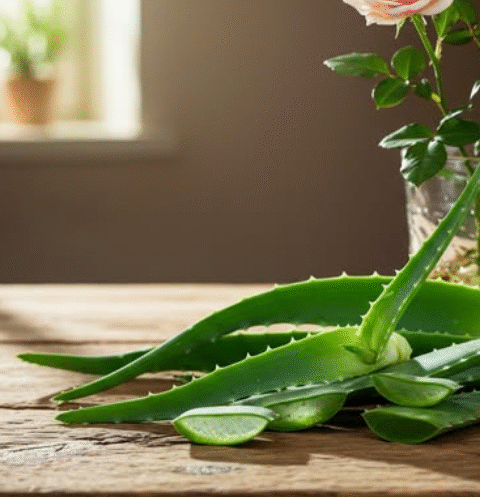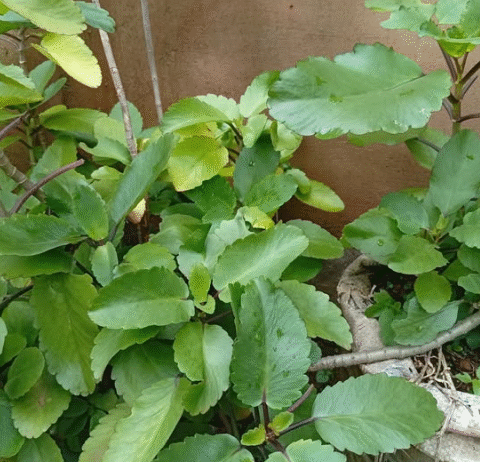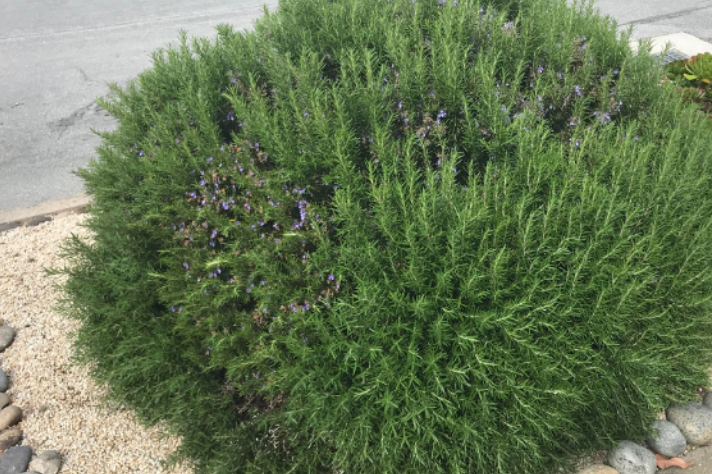Container Grown Snake Plant: Soil, Light, and Water Tips 🌿🪴
The snake plant (Sansevieria), also known as mother-in-law’s tongue, is one of the most popular houseplants thanks to its sculptural leaves, air-purifying qualities, and impressive ability to thrive under neglect. It’s an excellent choice for container gardening, making it ideal for small apartments, balconies, and even office desks. 🏡
Whether you’re a seasoned gardener or a complete beginner, understanding the right soil, light, and watering practices is key to keeping your container-grown snake plant healthy for years to come.
Choosing the Right Container 🪴
Expert Insight: Dr. Leila Nour, horticulture specialist, recommends using a container with drainage holes to prevent water accumulation, as snake plants are prone to root rot.
Container Tips
- Choose a pot that’s only slightly larger than the root ball — snake plants like being somewhat root-bound.
- Use terracotta or ceramic pots for better breathability.
- Avoid deep containers — snake plants have shallow root systems.
Best Soil for Snake Plants 🌱
Snake plants need a well-draining soil mix to prevent root rot. In containers, soil that retains too much water can be deadly for them.
Recommended Soil Mix
- 2 parts succulent/cactus potting mix
- 1 part perlite or pumice (improves drainage)
- Optional: small amount of compost for nutrients
Tip: Avoid heavy garden soil in containers — it compacts easily and holds too much moisture.
Light Requirements ☀️
Snake plants are adaptable to various light conditions, but lighting will influence their growth rate and leaf color.
Ideal Light
- Bright, indirect light is best for vibrant, healthy foliage.
- Tolerates low light, but growth will be slower.
- Can handle some direct morning sunlight, but avoid intense afternoon sun indoors.
Note: Variegated varieties need more light to maintain their color patterns.
Watering Tips 💧
Overwatering is the number one cause of death for snake plants. Their thick, succulent leaves store water, allowing them to go weeks without watering.
Watering Schedule
- Spring & Summer: Water every 2–3 weeks, when the top 2 inches of soil are dry.
- Fall & Winter: Water once a month or less.
- Always empty the saucer after watering to prevent waterlogging.
Tip: If in doubt, water less. Snake plants can recover from underwatering but rarely survive prolonged overwatering.
Nutrient & Care Table for Container Snake Plants 📊
| Factor | Best Practice | Why It Matters |
|---|---|---|
| Soil | Cactus/succulent mix + perlite | Prevents root rot and compaction |
| Light | Bright, indirect light | Encourages faster, healthier growth |
| Water | Every 2–3 weeks in growing season | Prevents overwatering and rot |
| Fertilizer | Balanced, diluted fertilizer every 6–8 weeks in spring/summer | Supports leaf health and variegation |
| Container | With drainage holes | Allows excess water to escape |
Common Problems & Solutions ⚠️
Yellowing Leaves
- Cause: Overwatering or poor drainage.
- Solution: Let soil dry completely and improve drainage.
Brown Leaf Tips
- Cause: Low humidity or underwatering.
- Solution: Adjust watering and keep away from heat vents.
Slow Growth
- Cause: Low light or under-fertilizing.
- Solution: Move to brighter location and fertilize during growth months.
Frequently Asked Questions (FAQs) ❓
- Can snake plants survive in very low light? – Yes, but growth will be minimal.
- Do they need repotting often? – Only every 2–3 years or when roots break the pot.
- Are snake plants safe for pets? – No, they’re toxic if ingested by cats or dogs.
- Can they live outdoors? – Yes, in warm climates (above 50°F / 10°C).
- What’s the best fertilizer? – A balanced liquid fertilizer diluted to half-strength.
- Can snake plants flower? – Rarely indoors, but possible in optimal conditions.
- Why are my leaves wrinkling? – Likely due to underwatering.
- Should I wipe the leaves? – Yes, to remove dust and allow better photosynthesis.
- Can I propagate snake plants? – Yes, via leaf cuttings or division.
- Do they help purify air? – Yes, NASA studies show they remove toxins like formaldehyde and benzene.
By giving your container-grown snake plant the right soil, light, and watering routine, you’ll have a low-maintenance, long-lasting plant that enhances your space while thriving with minimal effort. 🌱
